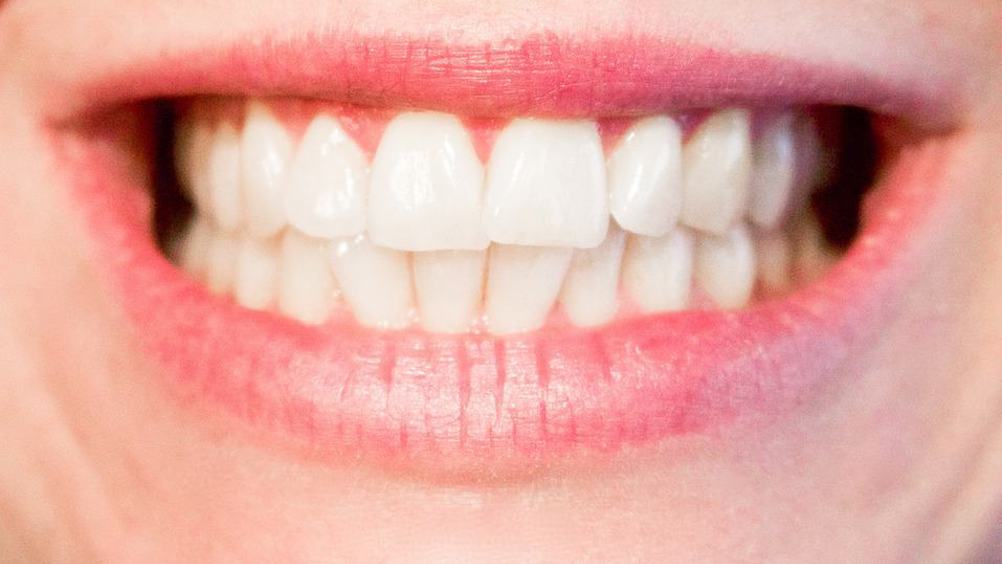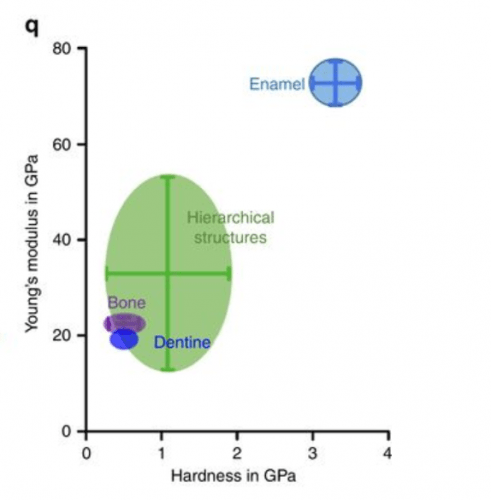Synthetic enamel could see tooth pain bite the dust
Scientists at Queen Mary University of London have developed a new method of growing minerals that mimics the structure of bone and enamel.


h aligned fluorapatite nanocrystals that are i, j grouped into prism-like microstructures that further grow into k macroscopic circular structures (Credit: QMUL)
Enamel’s intricate structure protects teeth from decay, even when faced with acidic foods and extreme temperatures. It is the hardest substance in the body, but unlike other tissues, it doesn’t regenerate. A synthetic replacement has long been a goal of dentistry and could potentially help millions of people around the world who suffer from tooth pain.
The Queen Mary team employed “a protein-mediated mineralisation process”, where a specific protein triggers and guides the growth of apatite nanocrystals at multiple scales. The mineralisation results in the nanocrystals organising into microscopic prisms that grow in clusters, similar to how natural dental enamel develops. Indentation testing showed the synthetic hierarchical structures, though not quite matching the hardness of human enamel, outperformed both bone and dentine.

Register now to continue reading
Thanks for visiting The Engineer. You’ve now reached your monthly limit of news stories. Register for free to unlock unlimited access to all of our news coverage, as well as premium content including opinion, in-depth features and special reports.
Benefits of registering
-
In-depth insights and coverage of key emerging trends
-
Unrestricted access to special reports throughout the year
-
Daily technology news delivered straight to your inbox










Water Sector Talent Exodus Could Cripple The Sector
Maybe if things are essential for the running of a country and we want to pay a fair price we should be running these utilities on a not for profit...